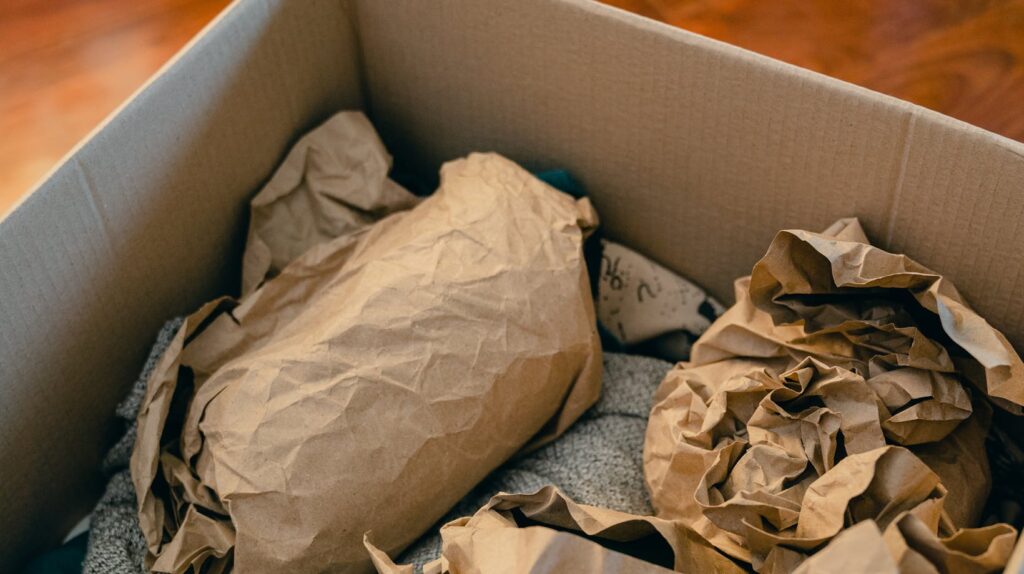
Since its inception, the need to contain, store, and transport materials has been a fundamental aspect of human civilization. Initially, packaging was rudimentary, crafted from natural materials at hand, serving the basic purpose of containment and transport. However, as societies evolved, so did their packaging needs and technologies, marking a journey from simple organic containers to sophisticated, engineered solutions that protect goods from the myriad of hazards encountered during transit. This journey reflects technological advancement and a deeper understanding of materials science, logistics, and environmental considerations.
The Advantages of the Right Packaging Type
In the realm of protective packaging, packing spray foam stands out for its ability to conform to the shape of the item it’s protecting, offering unparalleled cushioning and shock absorption. This innovation ensures the safety of goods in transit and contributes to cost efficiency by reducing material waste and optimizing packing processes.
Early Packaging Innovations
The story of packaging begins in the nomadic era, with early humans utilizing natural materials like leaves, animal skins, and gourds to transport their necessities. This era of packaging was characterized by the direct use of available resources, with minimal transformation or processing. As civilizations advanced, so did their packaging solutions. Ancient Egyptians and the Chinese made significant contributions to packaging technologies, with the Egyptians developing glass containers and the Chinese invented paper, laying the groundwork for flexible packaging.
Industrial Revolution: A Turning Point
The Industrial Revolution marked a significant leap forward in packaging technologies. The surge in manufactured goods required more durable and efficient packaging solutions, leading to the invention of tin cans, cardboard boxes, and glass bottles with improved sealing techniques.

These innovations were driven by the need to preserve food for longer periods, especially for military campaigns, and to transport an increasing variety of goods safely across longer distances. This era set the stage for modern packaging by introducing materials and processes that would become standard in the industry.
The Rise of Synthetic Materials
With the advent of synthetic materials, the packaging industry underwent another transformation. The discovery of plastics and their subsequent development into versatile packaging materials revolutionized the way products were contained, protected, and presented. Materials like cellophane, introduced in the early 20th century, and later, polyvinylidene chloride (used in Saran Wrap), provided new levels of functionality, including transparency, flexibility, and sealability. These materials paved the way for innovations like bubble wrap and PET plastic bottles, combining functionality and cost-effectiveness.
Modern Packaging and Sustainability
Today, the packaging industry is at a crossroads, balancing the need for practical, durable packaging solutions with the imperative of sustainability. Innovations in biodegradable and edible packaging reflect a shift towards minimizing the environmental impact of packaging materials. This era is characterized by a conscious effort to reduce waste and enhance recyclability without compromising the protective qualities and convenience that modern packaging provides.
The Role of Polyurethane Foam
One of the most significant advancements in modern packaging is the development of polyurethane foam. This material offers exceptional protection against impacts, vibrations, and thermal changes, making it ideal for shipping sensitive items like electronics, medical equipment, and fragile goods. Polyurethane foam’s versatility allows for customization in packaging design, providing tailored protection that fits the unique contours of any product.
Future Directions in Packaging
As we look towards the future, the evolution of packaging materials and technologies continues to be driven by the dual demands of protection and sustainability. Innovations are increasingly focused on reducing environmental impact, improving recyclability, and enhancing the functionality of packaging materials.

Developing smarter, more adaptive packaging solutions promises to transform the industry further, making packaging more efficient, eco-friendly, and protective than ever before.
Conclusion: The Journey from Fragile to Fortified
The evolution of packaging from simple natural containers to sophisticated materials like polyurethane foam encapsulates human ingenuity and technological advancement. As we navigate the challenges of the 21st century, the packaging industry stands ready to adapt and innovate, ensuring that products are protected through their journey from manufacturer to consumer while addressing the pressing need for sustainability.












